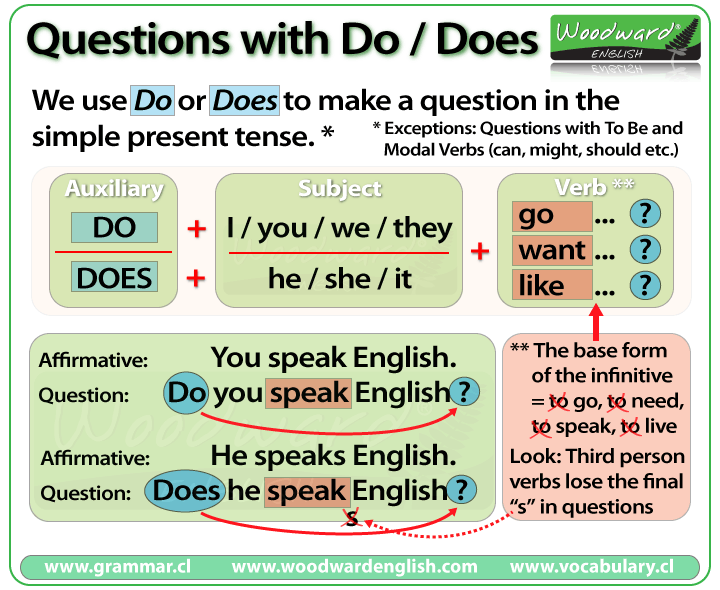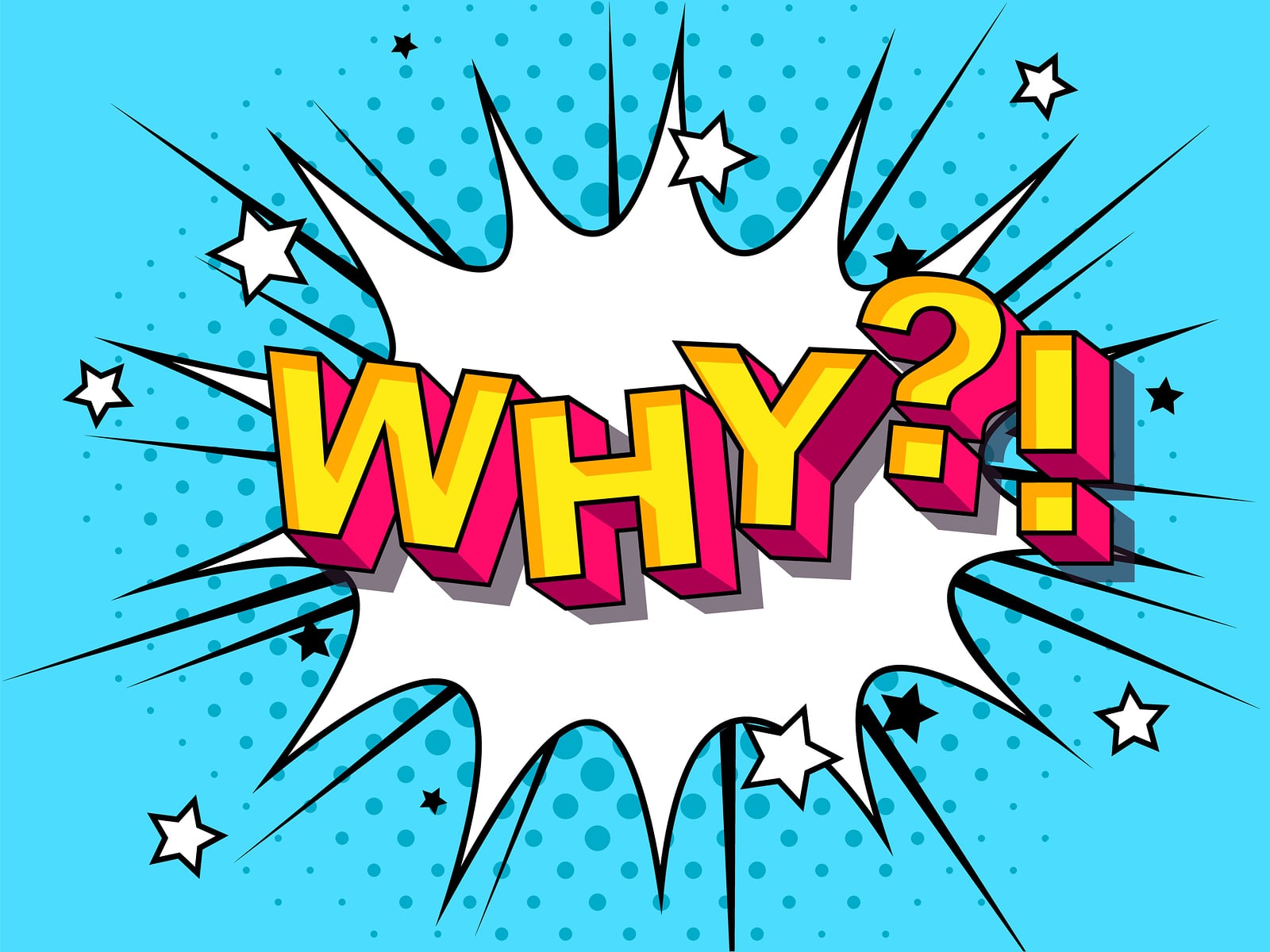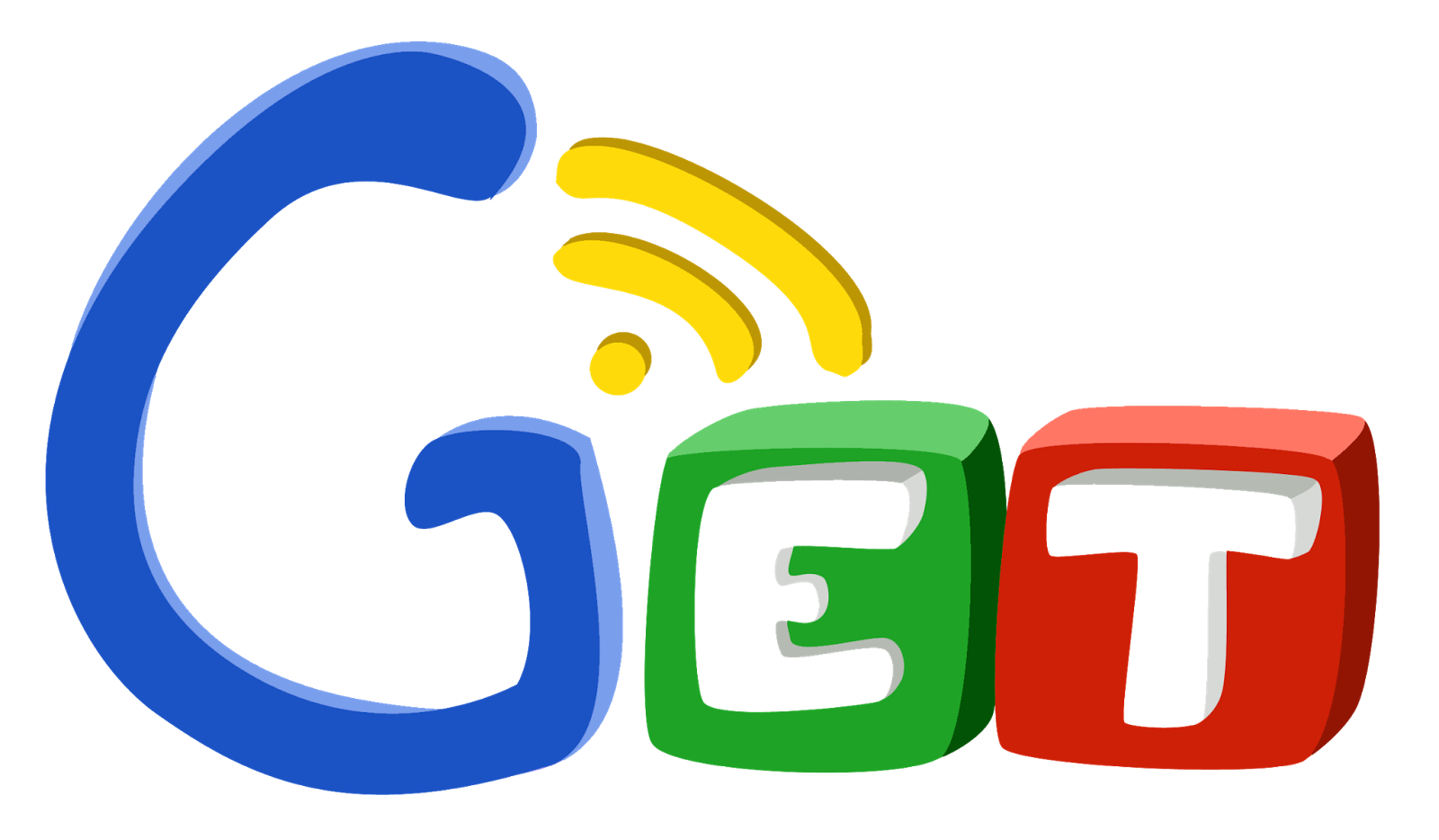Understanding How Politics Shapes Everyday Life, Education, and Social Institutions
Introduction: The Pervasive Role of Politics in Everyday Life
Politics is often perceived as a distant force, confined to legislative debates or headline news. In reality, political decisions shape nearly every dimension of modern life, from the taxes we pay and the roads we drive on, to the quality of education our children receive and the healthcare options available to our families. Understanding the influence of politics is essential for making informed choices, protecting our interests, and participating actively in society. This article explores how politics impacts daily life, the education system, and other major institutions, and provides practical guidance for navigating these influences effectively.
How Politics Affects Our Daily Lives
Political decisions made by elected officials, lawmakers, and local councils have direct and tangible effects on everyday experiences. For instance, legislatures determine the minimum wage, the taxes we pay, and the regulations businesses must follow-policies that impact employment opportunities, income, and the cost of goods and services [2] . Even local issues, such as the hours nightclubs can operate or the availability of public parks, are shaped by political actors [1] .
Consider the example of healthcare. Political decisions determine how healthcare is funded, who qualifies for assistance, and the scope of services available. During election cycles, candidates often propose new healthcare initiatives or reforms, which can affect everything from prescription drug prices to insurance coverage. Similarly, policies on transportation, environmental standards, and public safety all arise from political deliberations and votes.
To navigate these impacts, individuals can:
- Stay informed about upcoming legislative changes through reputable news outlets.
- Participate in local council meetings or public forums to voice concerns.
- Engage with community organizations that advocate for your interests.
While staying engaged can sometimes lead to stress related to political events, research suggests that balancing information consumption with self-care strategies is vital for well-being [4] . If you experience anxiety related to political news, consider limiting exposure or seeking support from mental health professionals.
Political Influence on the Education System
Education is one of the most visible arenas in which politics exerts a powerful influence. Decisions regarding school funding, curriculum standards, teacher pay, and access to resources are all shaped by political processes at the federal, state, and local levels [3] . For example, the allocation of budgets to public schools determines the quality of facilities, the availability of advanced courses, and support services for students with special needs [1] .
In recent years, debates over standardized testing, inclusion policies, and the teaching of history or science have highlighted just how politicized education can be. The influence of teachers’ unions, parent advocacy groups, and policymakers leads to significant variation in what is taught and how schools are managed across different regions.
If you are a parent or student seeking to influence educational policies or access additional support, you can:

Source: grammar.cl
- Attend school board meetings and voice your concerns or suggestions.
- Join parent-teacher organizations to stay informed and involved in decision-making.
- Contact your local education department or school administrators to learn about available resources for students with unique needs.
For those interested in specific programs or assistance, search for your state’s “Department of Education” website or contact your local school district office for guidance on special education services, scholarship opportunities, or other forms of support.
Commonalities Among Family, Religion, Health Care, Politics, and Mass Media
At first glance, family, religion, health care, politics, and mass media may seem vastly different. However, they are all major social institutions that play crucial roles in shaping individual beliefs, values, and behaviors. Each institution:
- Transmits norms and values from one generation to the next.
- Influences identity and personal worldviews.
- Interacts with other institutions to reinforce or challenge societal expectations.
For example, families often pass down religious traditions and political beliefs, while mass media frames public perceptions about health care policies and political events. Health care systems are subject to political regulation and are frequently discussed in media, affecting both personal experiences and broader social attitudes.
Recognizing these connections can help individuals understand why changes in one institution-such as a new health care law or a shift in media coverage-ripple through others, impacting daily life and community dynamics. To stay informed and adapt to these changes, consider:
- Regularly reviewing news from multiple reputable sources to gain diverse perspectives.
- Engaging in open dialogue with family and community members to understand different viewpoints.
- Seeking out community forums or support groups for issues related to health, education, or religion.
Inferring a Person’s View on Economics and Politics
Personal views on economics and politics are often intertwined, shaped by background, education, family influence, and exposure to societal institutions. For instance, someone who values strong social safety nets may support progressive taxation and expanded public services, while another who prioritizes individual responsibility may advocate for lower taxes and limited government intervention [2] .
While it is not always possible to predict an individual’s stance with certainty, you can often infer political and economic views by considering:
- Their attitudes towards government spending, welfare programs, or regulation.
- Statements about taxation, healthcare access, or educational priorities.
- Their participation in civic activities, such as voting patterns or advocacy work.
For organizations and individuals seeking to understand or discuss these views, it is important to approach conversations with openness and respect. Avoid making assumptions based solely on surface-level information, and instead, ask questions to learn about the values and experiences that inform someone’s perspective.
Guidance for Accessing Opportunities and Navigating Political Impacts
If you are looking to access services or influence policies affected by political decisions, follow these steps:
- Identify the relevant government agency or department (e.g., Department of Education, Department of Health and Human Services).
- Visit the official website of the agency for accurate information on programs, eligibility criteria, and application procedures.
- Utilize official telephone hotlines or email addresses provided on government or school district websites for direct assistance.
- Participate in community meetings, forums, or advocacy groups to stay updated on local policy changes and resources.
- If uncertain about eligibility or process, reach out to designated program coordinators or local representatives for clarification.
For example, if you are interested in financial aid for education, search for your state’s “financial aid office” or “student assistance commission.” For healthcare options, consult the official Healthcare.gov website for marketplace plans or contact your state’s insurance exchange.
Potential Challenges and Solutions
One of the most common challenges is staying informed in an era of information overload and partisan media. To address this, prioritize well-established news sources and verify claims through multiple outlets. If faced with bureaucratic hurdles when accessing services, document your interactions and escalate concerns through official complaint channels as necessary.
An alternative approach to direct advocacy is joining networks or coalitions that align with your interests. These organizations often have established processes for navigating policy changes and can offer support when dealing with complex systems.
Summary and Key Takeaways
Politics shapes nearly every aspect of daily life, from economic opportunities and educational quality to healthcare access and personal relationships. By understanding the connections among social institutions and remaining proactive in seeking information and support, individuals can better navigate the influence of politics and advocate for positive change in their communities.

Source: woodwardenglish.com
References
- [1] Every Vote Counts (n.d.). How politics affects your life. PDF.
- [2] Choudhary, R. (2025). How Political Decisions Impact Your Daily Life: Insights, Examples and Life Tips.
- [3] Wygop (2022). How Politics Affects the Lives of Citizens?
- [4] American Psychological Association (2023). Politics affecting mental health.
- [5] UVA Today (2020). How Politics Drive Our Personal Relationships.



